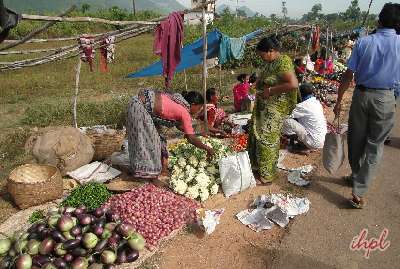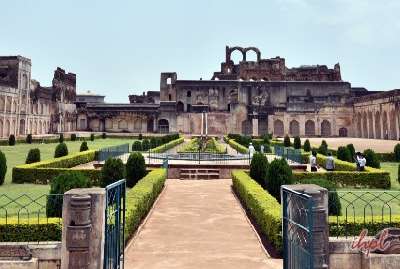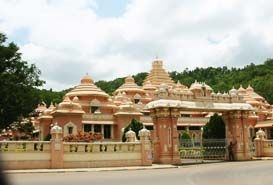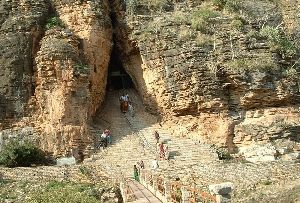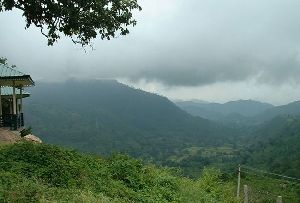The Kolattam dance involves religious offering homage to the temple Goddess by the women of a region, especially at Andhra Pradesh. The Kolattam dance is mainly a dance of the females and does not necessarily involve the males. They may act as drummers or players of background music. This dance originated in the regions like Mahabalipuram, Taripatri, Macherla, Hampi and Ramappa. In Kolattam Dance the dancers use sticks to keep the rhythm of the dance. These sticks are stroked against each other to create a harmony and also make the dance more swift and soothing.
The Kolattam Dance is also known as Hallisaka. The term is derived from the Sanskrit Language. Another beautiful term of this dance is known as Dandarasa. In this dance the dancers form a circle sand dance in tune with the rhythm. The rhythm is more or less like “It tayyaku” or “Kita Kita Tayyaku”. The dancers are required to speak out their talas while dancing. This is necessary to keep the pace of the dance smoother and faster. The rhythms and talas vary with different forms of prayers.
The leader of the troup sings the first line of the song and then the dancers start singing the latter lines. A striking balance is created by the between the singers and the dancers who performs in the dance drama. In a circle the dancers move forward and backward and sway along the rhythm of the music. Different words have different meanings in Kolattam Dance. For example, Pennudi means leader of the group. Usi signifies the changing speed. Ettugada means the starting of the dance.
Check out our Andhra Pradesh tour packages.




